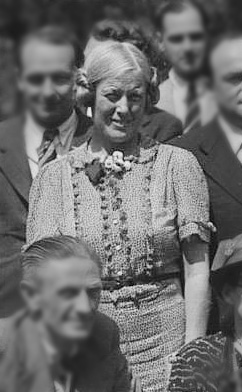 I visited the Bishopsgate Institute twice. I was looking mainly for Women Pacifists in East London in the WW1 period. The people who work there are extremely helpful and documents were very quickly retrieved. Their catalogue is easy to access and although one can see it on line they also emailed me the specific folders of one of the people I was researching so that I knew before I arrived what exact files I wanted to see. It is amazing what they have there. In fact if I had the time it would be fun to be able to go through a lot more of their boxes not necessarily linked to a project – so much interesting history.
I visited the Bishopsgate Institute twice. I was looking mainly for Women Pacifists in East London in the WW1 period. The people who work there are extremely helpful and documents were very quickly retrieved. Their catalogue is easy to access and although one can see it on line they also emailed me the specific folders of one of the people I was researching so that I knew before I arrived what exact files I wanted to see. It is amazing what they have there. In fact if I had the time it would be fun to be able to go through a lot more of their boxes not necessarily linked to a project – so much interesting history.
Although I did not find everything that I hoped to find, there was a lot of interesting stuff on Muriel Lester, who apart from being a pacifist and friend of Ghandi also opened Kingsley Hall in the East End and did a lot of work to improve the lives of people in the East End. The other person who found out a lot about was Sylvia Pankhurst. Our project did not cover the suffragettes but unlike her mother and sister who were pro war Sylvia was a pacifist. Apart from her anti-war campaigning, she also did a lot of work to support the women of the East End during the war – for example by opening up a toy factory for the women to work in order to earn money whilst their husbands fought in the war and a nursery where they could leave their children. There were so many other things also I did not know about her and seldom get mentioned when suffragettes are mentioned – quite an amazing woman.
Apart from visiting the Bishopsgate Archives I also found a lot of interesting things on these two peoples websites as well as The Peace Pledge union website and the Jewish Women’s Association website to mention but a few.
I now feel a lot better educated about women in the East End during WW1.
Susan Kochs
Photo: Devi Prasad

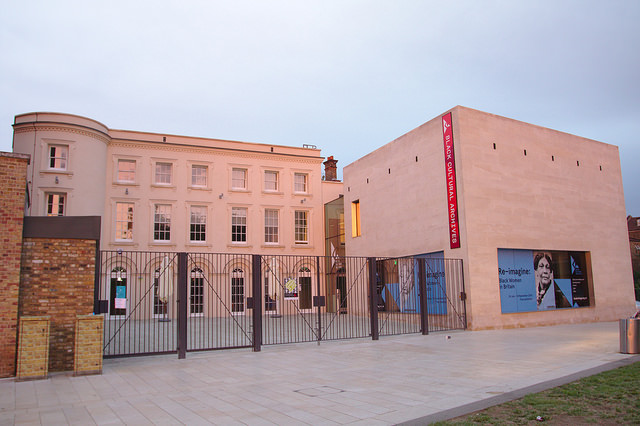 As I was originally writing on issues of police violence and deaths in police custody, as well as black activism in East London, I decided to visit the Black Cultural Archives in Brixton. I searched on their website for the texts I would need, made a list and then made contact with the archive via email. I had correspondence with their employee Emma from the Collections Team. She was immensely helpful and organised for all of the texts I had requested to be in the reading room on 4th November.
As I was originally writing on issues of police violence and deaths in police custody, as well as black activism in East London, I decided to visit the Black Cultural Archives in Brixton. I searched on their website for the texts I would need, made a list and then made contact with the archive via email. I had correspondence with their employee Emma from the Collections Team. She was immensely helpful and organised for all of the texts I had requested to be in the reading room on 4th November.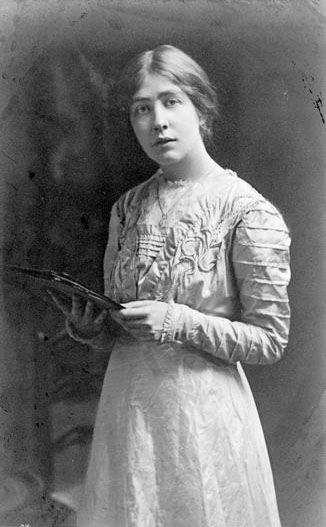 On Saturday 14th November I went to the Write Idea Festival, which has a focus on local heritage. I attended two talks: one by David Rosenberg and one by Sarah Glynn, both focusing on Eastend activism.
On Saturday 14th November I went to the Write Idea Festival, which has a focus on local heritage. I attended two talks: one by David Rosenberg and one by Sarah Glynn, both focusing on Eastend activism.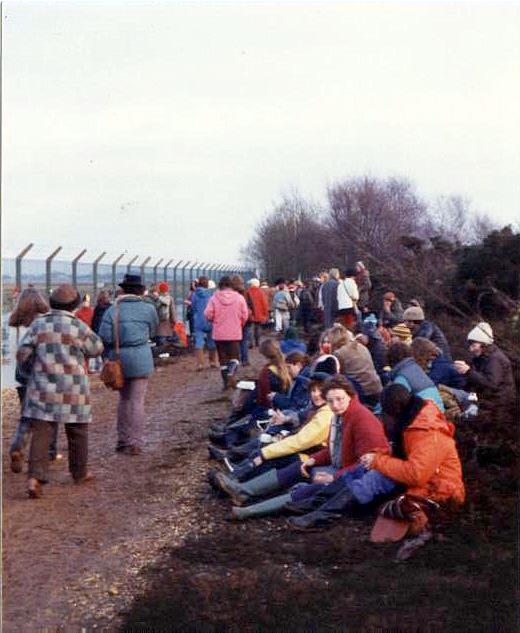 I made use of a variety of libraries and archives whilst conducting my research for our project on women-led activism in East London. I would like to thank all those who helped me at the Hackney Archives, the Feminist Library, the Bishopsgate Institute, the Women’s Library at the LSE and the MayDay Rooms. The interest they showed and the assistance they offered was invaluable.
I made use of a variety of libraries and archives whilst conducting my research for our project on women-led activism in East London. I would like to thank all those who helped me at the Hackney Archives, the Feminist Library, the Bishopsgate Institute, the Women’s Library at the LSE and the MayDay Rooms. The interest they showed and the assistance they offered was invaluable.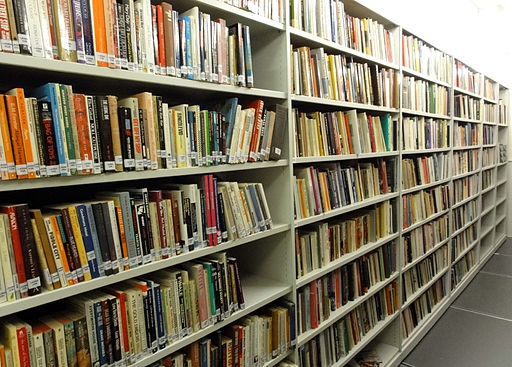 I visited the archives at the Bishopsgate Institute, Tower Hamlets and Hackney. The staff at all three archives were very helpful. Each has its own strengths I found, particularly Bishopsgate Institute and Tower Hamlets Archives.
I visited the archives at the Bishopsgate Institute, Tower Hamlets and Hackney. The staff at all three archives were very helpful. Each has its own strengths I found, particularly Bishopsgate Institute and Tower Hamlets Archives.